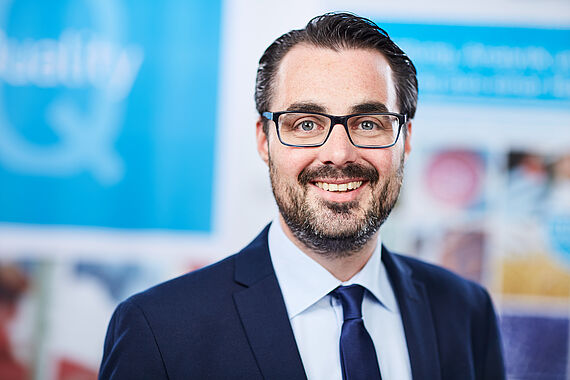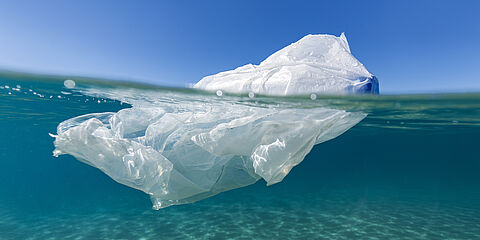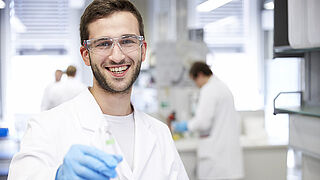Microplastics in drinking water: European Commission adopts standardised methods of analysis
The standardised method for measuring microplastics in water intended for human consumption is a supplement to EU Directive 2020/2184. One of its aims is to improve the collection of information on microplastics in the water supply chain to ensure high quality water for human consumption. The decision of 11 March therefore represents a significant step forward in the uniform monitoring of microplastics in drinking water.
Specifically, the European Union, through the amendment of Directive 2020/2184, has defined methods to standardise sampling, sample preparation and analysis procedures. This is an important step towards regulating and harmonising the sometimes very different approaches of individual EU member states to microplastics analysis. This ensures comparability and quality in the increasingly important field of microplastics analysis.
Existing microplastics research methods:
Two different methods are available for analysing microplastics:
- Optical methods, such as infrared (IR) or Raman micro spectroscopy methods: individual particles are identified by scanning a filter, e.g. with a laser. Size and shape can also be analysed. Identification and categorisation by polymer type is based on database comparisons of the recorded spectra. Results are sorted by particles per volume (particles per cubic metre) and by polymer type.
- Thermoanalytical methods: the sample is pyrolysed at high temperatures in an inert gas atmosphere. The pyrolysis products are analysed and evaluated using a GC-MS system. The results are given here after analysis as mass concentrations (µg/l) of the individual polymer types.
The methods chosen by the European Commission to analyse microplastics in drinking water are optical methods.
Detection of low levels of microplastics in drinking water using optical methods
Optical infrared (IR) or Raman micro spectroscopy methods are considered more reliable than thermal analysis methods for detecting low concentrations of microplastics in drinking water. This is one of the reasons why this method was favoured by the Commission. However, depending on the issue at hand, it may make sense to use both methods of analysis.
At WESSLING we can offer both optical and thermoanalytical analysis. We already work in accordance with the practice described in the Directive. Please do not hesitate to contact us.

Sampling, processing, and analysis of water samples
The Commission also lays down specific guidelines for sampling, processing and analysing water samples. Filter cascades are specified for sampling, including filters with a mesh size of 100 µm and 20 µm. The analysis of microplastic particles and fibres in the size range from 20 µm to 15 mm is the focus of the EU Directive. At WESSLING we are not only able to detect the required 20 µm, but can also analyse particles as small as 6 µm.
Implementing future regulations
Our microplastics experts at WESSLING are pioneers in the use of advanced methods to analyse microplastics. For many years, we have invested in state-of-the-art equipment and trained our team of laboratory experts to provide our customers with reliable analyses of microplastics in drinking water. We do not limit ourselves to the analysis of drinking water, but are able to process many other aqueous matrices and analyse them for their microplastic content. Using methods such as FT-IR microscopy, Raman microscopy and GC/MS pyrolysis, we precisely identify and quantify microplastics in water samples, thereby contributing to the quality assurance of drinking water.
The European Commission's decision is a decisive step towards a better understanding of microplastics in drinking water, which we at WESSLING support by constantly working to keep up to date with the latest technology and thereby be able to offer our customers reliable analyses.
Do you have any questions about microplastics in water?
Feel free to contact me!
- Katharina Hellmann
- +49 2505 89-198
- mikroplastik@wessling.de
Do you have questions about microplastics in food, cosmetics and other matrices?
I will be happy to support you!
- André Schmitz
- +49 2505 89-673
- andre.schmitz@wessling.de




